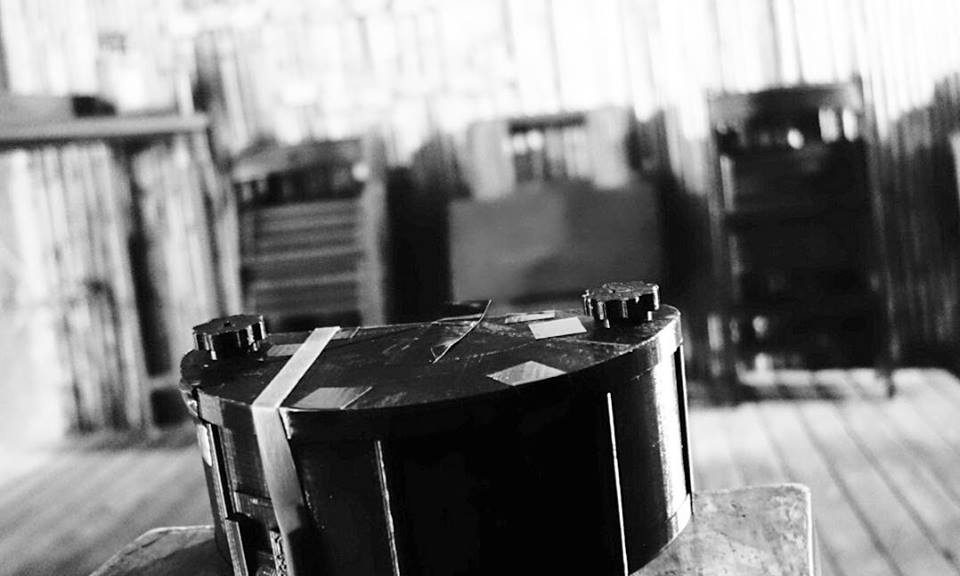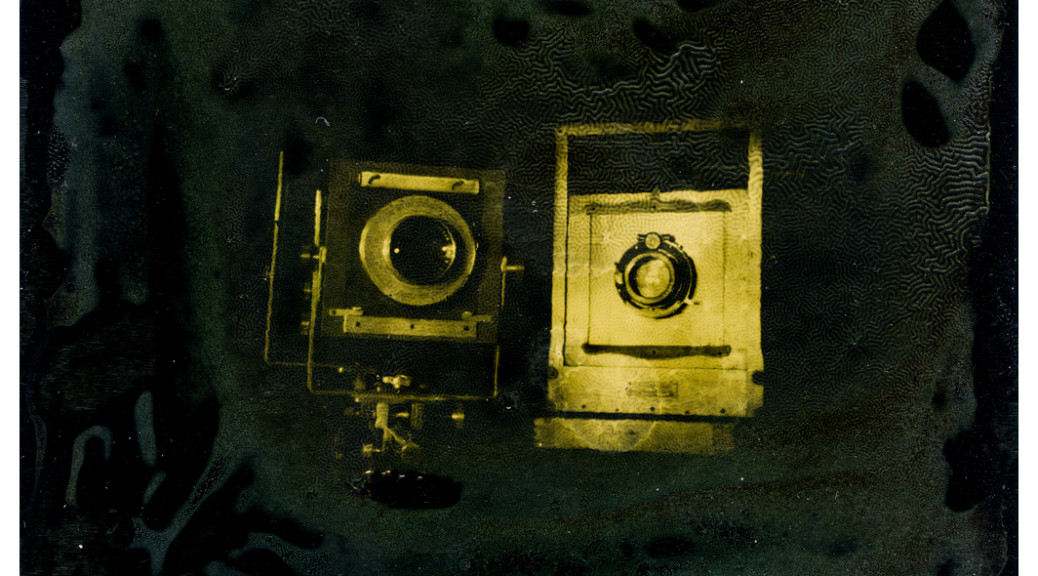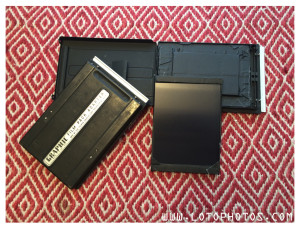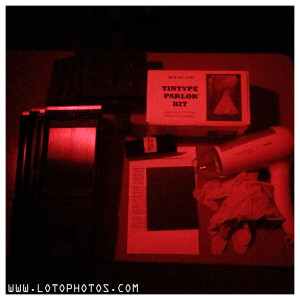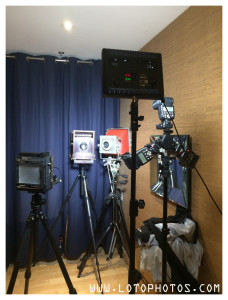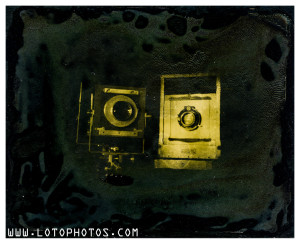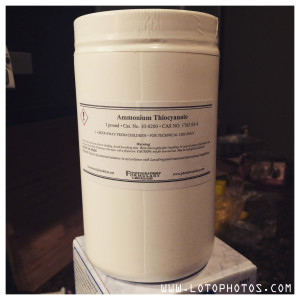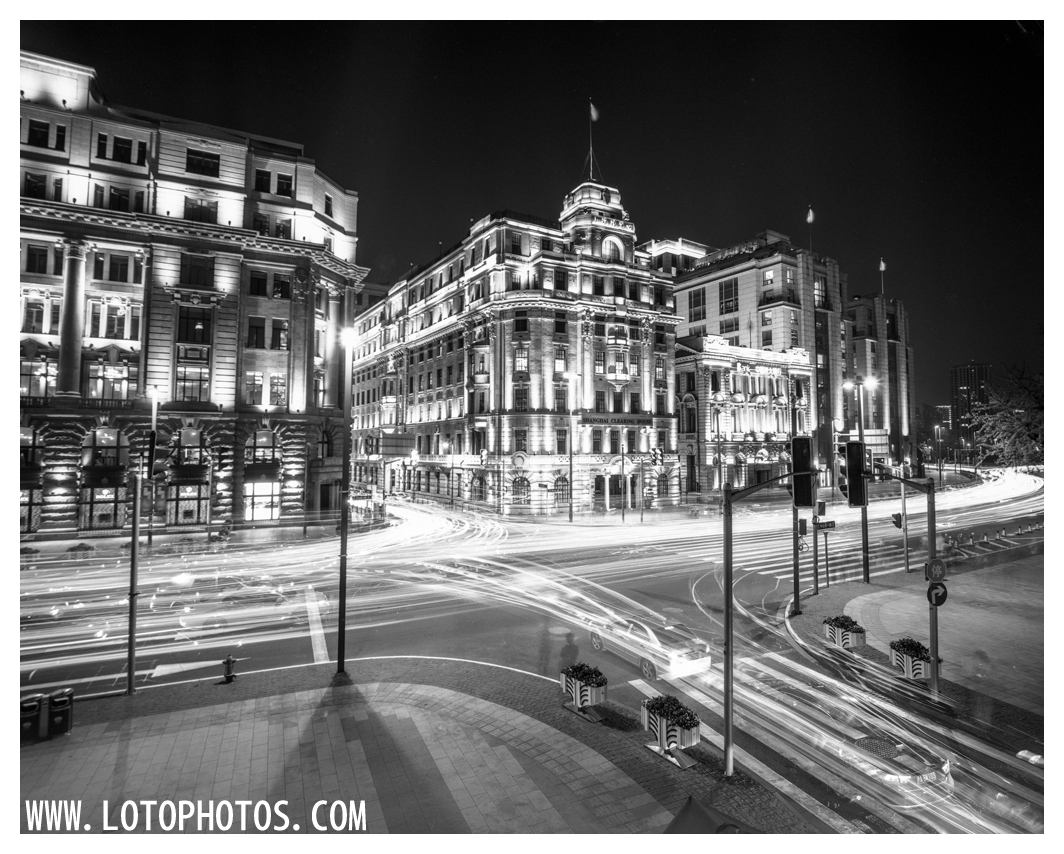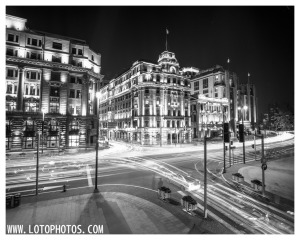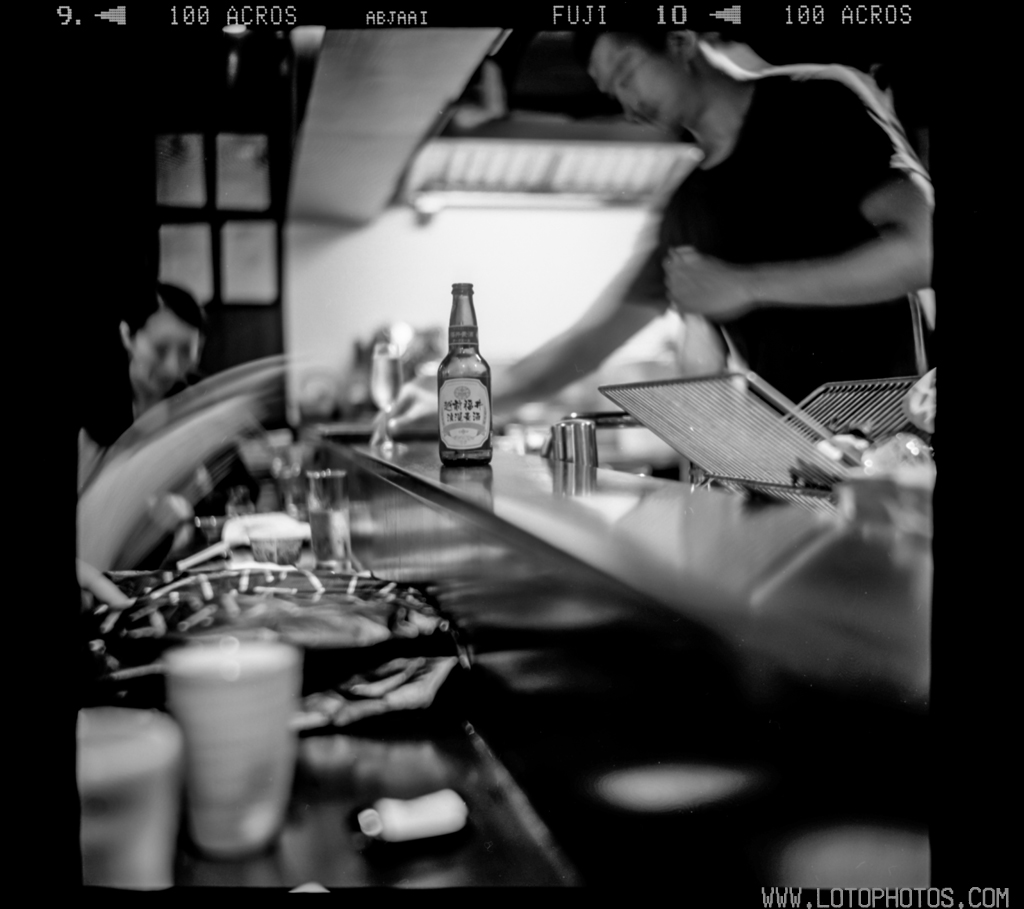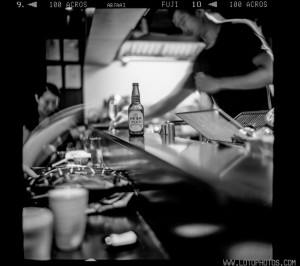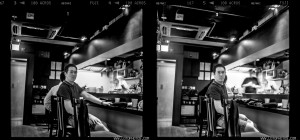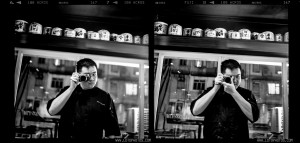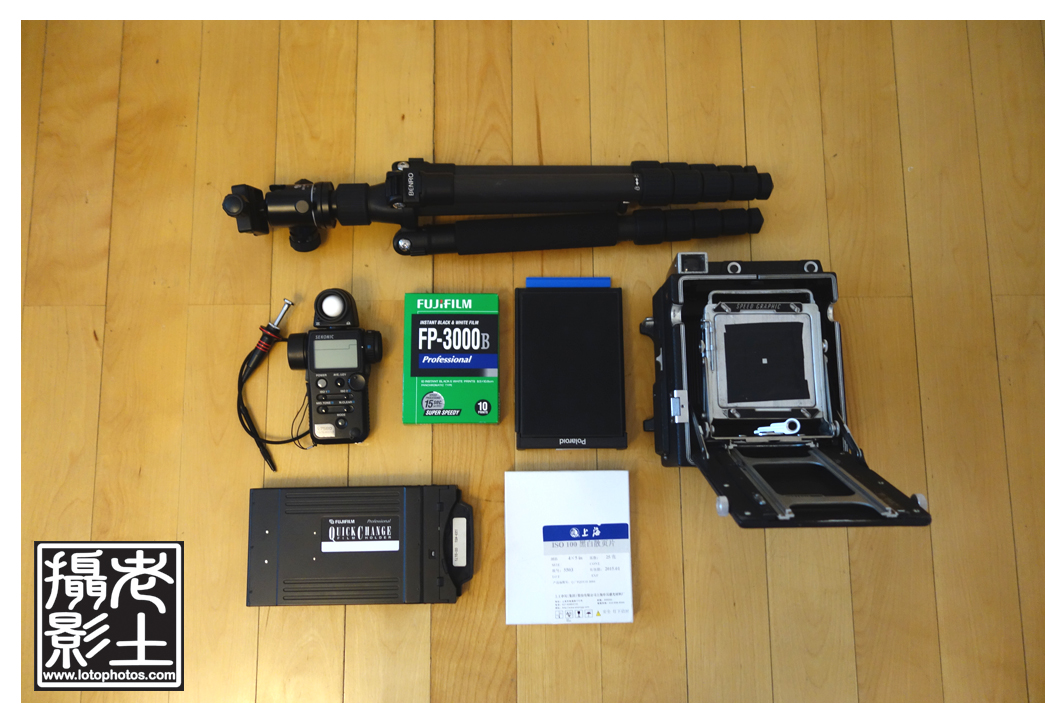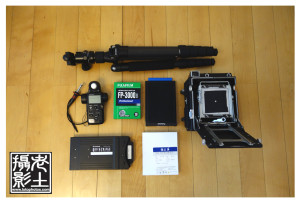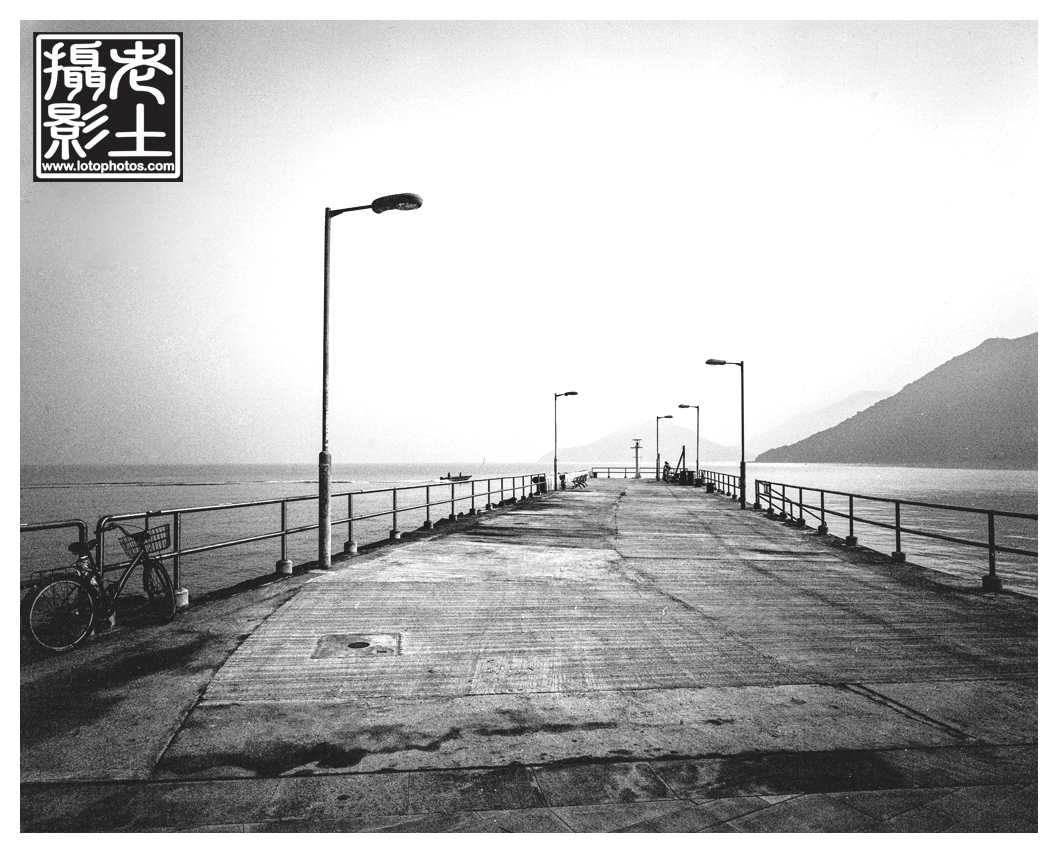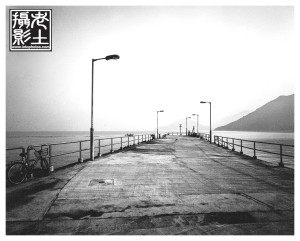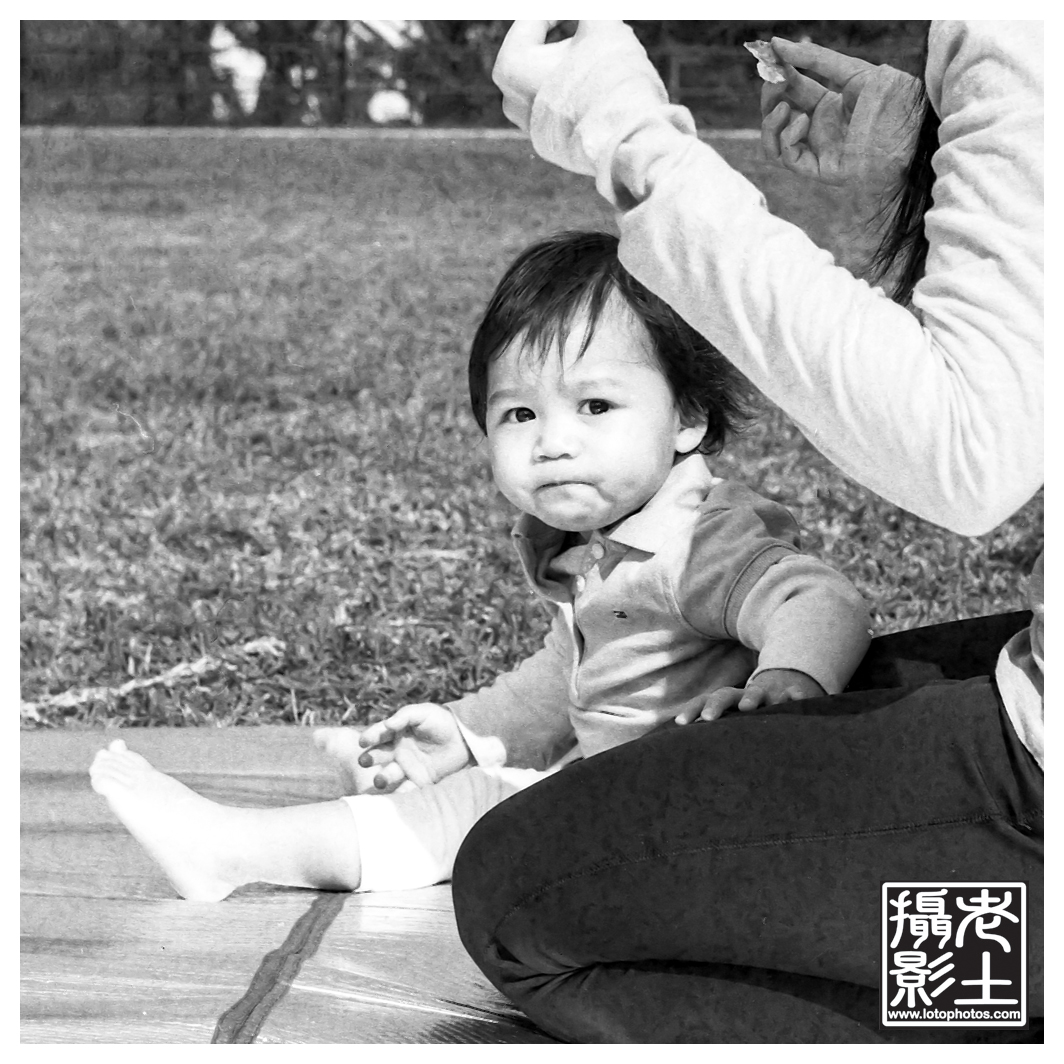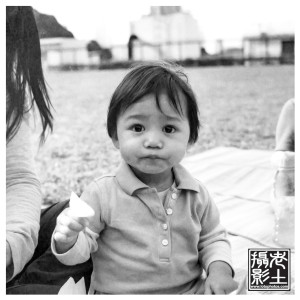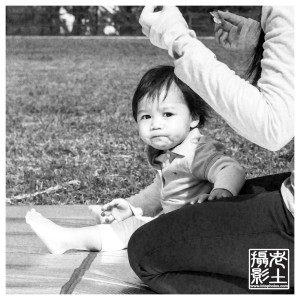Early this year, Kirk Lau and I were looking at reference designs online to print our own 3D camera. Out of all the designs, I picked the terraPin Kaiju (http://www.thingiverse.com/thing:876457). We sent this to a 3D printhouse and a couple of days later, I received a bag of parts and started to put the camera together. This really reminded me of the time when I used to put car and ship models (Tamiya ones!) together when I was a kid.
This article discuss my adventure with this camera and all the pain I went through with it until it produced amazing images.
After assembling it, this is what it looked like.
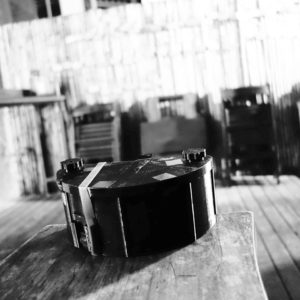
Notice there are rubber bands in the photo, I usually just throw this in my backpack and it rolls around alot, so the rubber bands are just there to make sure it doesn’t pop open.
Selection of pinholes. I looked around and decided to use pinhole plates that are made by James Guerin from Au Premier Plan (https://aupremierplan.fr/custom-cameras/laser-drilled-pinholes/). Like a lens is the soul of every conventional camera, the pinhole itself is also the most important part for pinhole cameras. The quality of these amazing pinholes will speak for itself in the photos.
I first tested the camera indoors (big mistake) with Fuji Acros film. The exposure was 30 minutes to an hour and came back okay, but not great. It was mainly to test for light leaks.
The first outdoor shoot was tested with a roll of Fuji Pro 160. Here is the test image.
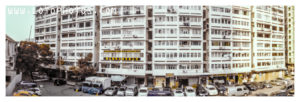
I see great images in that roll and moved on thinking everything is great. I continued to shoot and mainly did shots at night. Here are three shots done at Sake Bar Ginn in Hong Kong.
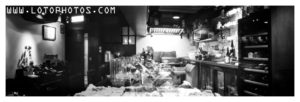
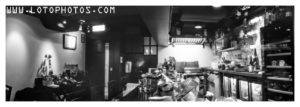

The photos were great but not as sharp as I wanted and also there is this glare that I couldn’t figure where it was coming from. The next trip to Carmel/Big Sur, I shot about 3 rolls of Fuji Acros and this is when everything went downhill. Every shot was over exposured by at least 4-5 clicks.

All this doesn’t make sense. So far all the test shots were good and it made no sense that suddenly everything is over exposed. Examining the photos, even the edges, are completely exposed. This tells me light leaks! but where? I did shoot several rolls without issues.
I opened the camera and put a strong LED light touching the outside wall of the camera. Voila! I see a faint red dot on the inside walls. Apparently the material that was used for my 3D print was not completely light proof. With a very strong light, there is a faint red light that comes through. This makes total sense because most of the Fuji Acros rolls I did before were in dark conditions without direct sunlight. The Fuji Pro 160 somehow wasn’t so susceptible to this wavelength of red.
Next I used black gaffer tape and patched up all potential leaky spots and did a test roll.

Finally, I am getting correct exposed photos in broad daylight. Now notice the left side, it is slightly darker than the rest of the photos and it’s appearing on multiple shots. I examined the front and notice the right edge of the camera hole had some plastic residue from the print. I took an x-acto knife and removed that. I also made sure the hole is totally clean and the tiny hole in the middle should see full clearance.
I was trying to get all of these problems solved before WPPD 2016. I also had to work on an effective open and close strategy. The images I taken before was always very slightly blurred. I tried using tape over the hole, finger over the hole or just plain open and close of the pinhole doors, these methods were no good for me. Erik Mathy told me that he use a dark slide for that and Kirk Lau also reminded me that light only travel in straight lines. This made sense, a dark slide right in front of the pinhole, even though part of it is not covered, this didn’t matter, as long as I can cover over 120deg of the pinhole, the negative won’t be exposed (when I am covering it with a dark slide, I am covering almost 180deg).
Finally WPPD came. One more detail from that shoot, there is a film clip that comes with 3d printing. Ever since one roll of my film got jammed with it, i stopped using it. The film jammed before because there is a top part of the clip that I needed to peel off before using. That part is purely for printing and will jam your rolls if left behind. The film can be loose after it is done and the clip will hold it in a tight roll and avoid light leaks. I made two mistakes. One is not using the clip, second is changing this film in broad daylight. What did I get? light leaks from the side, see below.

Finally, solving all the issues, here are some of the final results on WPPD 2016 (more with that http://lotophotos.com/wppd2016)
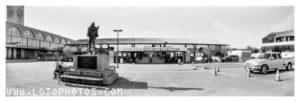
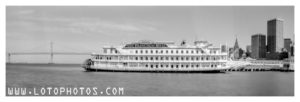
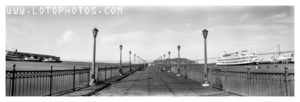
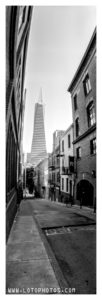
The scans I am getting from these rolls, I am actually getting 6×19 rather than 6×18 which is a bonus. The details are simply amazing and happy to finally get this in perfect working order.

